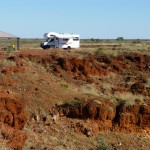
Planning a recent trip of 3800 kilometers – from Darwin in the Northern Territory to Geikie Gorge in Western Australia and back – we realized that would mean a lot of one night stops. Mostly we rent cars but with this kind of a trip that’s a lot of packing and unpacking. So, we thought of renting a campervan so we could leave everything unpacked for the entire trip. We had done this on the south island of New Zealand and it did make things much easier.
Our only problem then was that our van was for two people. That means we had to use the table as the bed base and make it every night and unmake it every day. We needed something bigger for this trip. We biked to a western suburb of Melbourne to the rental location for Apollo, one of the major van renters, and looked at the options for four people and for six.
We thought four was the perfect size but it can be outfitted three different ways. One has a permanent made-up bed, a double. But, to fit it in the space, the corner of one side is cut so that one person would always have their legs hanging off. Nix. Another option has a kitchen that takes up the back half of the vehicle from floor to ceiling so there are no windows. Yes, we always cook but, we like to see out, too. Nix. Then there was the perfect one with the bed up in the bubble over the driver and the table area below that can be set up the entire time. Yes. We also looked at the six berth, one bed up for storing things, one down to be set up permanently and the other table area usable anytime.
When we phoned to make the booking, however, we discovered that a four berth could not be reserved by configuration. You get what they give you. Considering that two of the three options were unacceptable to us we went with the six berth.
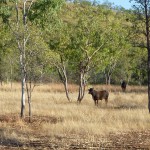
We next investigated insurance. When driving in the northern and western parts of Australia there are heaps of campers on the roads and many, many roadtrains (Click here to read our post about them). Tires frequently blow and rocks can shatter the windshield. In addition, much of the land is not fenced. Livestock roams freely as does the wildlife, threatening by day and potentially catastrophic at night. So, insurance against damage is essential. Another incentive for the insurance is that, without it, the rental company will charge the credit card for $7500 plus a $150 fee, and only refund the base amount after the vehicle is returned. So you’re out the $150 anyway, and you’ll probably need to pay the bill before the credit arrives. Nix. There are other insurance options, especially through our Australian auto club membership, but those options don’t change the bond requirement and exclude tyre replacement or windscreen damage. So, we elected to purchase the full cover insurance directly with Apollo. This turned out to be an excellent decision as the windshield was cracked from a rock, irritatingly spun at us by the only motorcycle that passed us, not even a roadtrain or other camper.
When we picked up the camper, we thought we had plenty of time to do the four hour drive to Kakadu for our sunset cruise. Yet it took two hours to get us processed and do the tour on how to operate everything. There’s the gas, the water, the waste disposal requirements, the awning and all the operating instructions. The fridge was moldy so we had to wait for them to clean that. The driver’s side mirror was cracked in multiple places, which didn’t seem too bad at first, but distorted vision badly on the road. Besides, they weren’t going to fix that promptly. So we were a bit pressed to get to the cruise in time, particularly since the vehicle is large and unfamiliar so careful driving was in order. Thankfully, we had arrived at the Apollo site by 8:30am with all our luggage. Another couple ahead of us had not checked out of their hotel, thinking they would surely be back by 10am. They were not. Always wondered about that penalty.
Our first stop was about 10 miles down the road to buy several days of groceries for where we were going had little in the way of such conveniences. The challenge was in both maneuvering the massive vehicle through the parking lot and finding a space and avoiding any trees in the process. The lack of familiarity was a bit frightening. We did manage, but took up two parking spaces. We shopped and headed out to Kakadu, arriving with about 15 minutes to spare for the cruise. And, fortunately, we got a lot better at handling the beast by the time we were done.
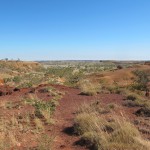
Most of the nights we had booked caravan parks. These are very nice up here, with barbecues, pools, laundry and other amenities. That turned out to be lucky for us as the power plugs (to charge up phones) and air conditioning in the (hot) vehicle do not work unless one is plugged in to a site. The fridge and lights do work off the auxiliary battery, but for mysterious reasons that battery lasted only 12 hours because it is not recharged during driving. This had not been the case with our previous experience, so it was a bit disappointing that we could not “freedom camp,” i.e., overnight in free sites, for more than one night in a row. At least one advantage of a six berth is that the lots assigned are larger and often on a corner so we were usually not surrounded on all sides by other campers.
After some newbie miscues, we found set up relatively easy. Plug in the power, connect the grey water hose with the end near a tree to empty sink type water, open the gas for the stove top, set up the outside table and chairs and, voila. The awning can be opened if needed, but we found we did not use it much since we traveled during the day.
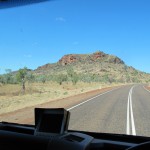
As we would learn, some parks have the electric and water supply utilities at further distances than others. Once our chords were too short and we had to borrow extensions from the park. Always we had to be very careful how we parked the vehicle so we could reach the utilities and try to be as level on the uneven ground as possible. After all, one doesn’t want to keep rolling downhill in bed, or keep walking askew while preparing food.
Every third day, we had to empty the black water tank, the toilet waste. That was a plastic box on wheels, much like carry-on luggage, only much more compact. It turned out to be very simple and very clean to do: pull the box out of its compartment, find the dump station, unscrew the cap, pour the contents into the wide pipe, fill with water to rinse and pour that out, add a bit of water, re-cap, return the box to its compartment, then drop a sanitizing pellet down the toilet bowl. The first time we sought help from someone already at the disposal point. Later we instructed others.
These vehicles do get used and worn. On the third day Nancy sat on the bed, converted from the table, and it cracked, rendering the bed useless. We discovered it was nothing but hollow particleboard. We had to rearrange everything and sleep upstairs, make several phone calls to Apollo and wait three days until we were in a location that had a service person to repair it. Even after their patch-up, it was still flimsy. After many uses of the faucet in the bathroom the whole thing collapsed through the cheap plastic holding it in place and was useless the second week. The bumpy road caused one of the upstairs window treatments to collapse, again cheaply screwed into the wall. The bathroom light burned out on day two.
All in all, though, this is a great way to travel. We never had to repack, the automatic transmission (with cruise control!) and power steering soon made the vehicle easy to maneuver, and Barry was zipping along comfortably and passing with ease. We were able to cook every meal, using those barbies at the parks a lot too. The fridge was a bit small for days of storage, given the great distances you must travel up here, but we worked around that.
Better yet, we met people we kept meeting up with again at other spots. The park arrangements are such that campers are physically very close, so they are very friendly with neighbors. That makes for a wonderful personable experience. One night we freedom camped on a ridge with fabulous views you don’t usually get in a campervan park and chatted for a while with two other couples there. Three nights later, they were on either side of us again, each of us having done different things in between. The conversation – and exchange of refreshment – continued.
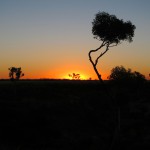
Up here the daylight dictates life in a campervan, with night driving “not recommended” because of the animals, uneven roads and outback darkness. In Western Australia the sun is up at 5am and down at 5pm. In Northern Territories it is 6:30 am to 6:30 pm. This almost ensures the easy congeniality of evening conversation and relaxation.
As to the cost versus hotels…we had done the math. Some of the accommodation was up to $350 per night and the food very expensive. The camper sites were generally $45 and the food was normal groceries. But, our camper only got about 12 miles to the gallon so the fuel was a bit more, and there was that insurance. In the end, though, it still turned out to be less expensive than the cost of a standard vehicle, staying at hotels, plus eating out.
Would we do this again? Yes, it was a delightful experience in spite of the problems. With such a busy schedule the ability to unpack for the entire time was a great advantage. But, we would try to find one with better electric via the auxiliary battery so we could freedom camp more often.
(Also, for more pictures from Australia, CLICK HERE to view the slideshow at the end of the Australia itinerary page.)


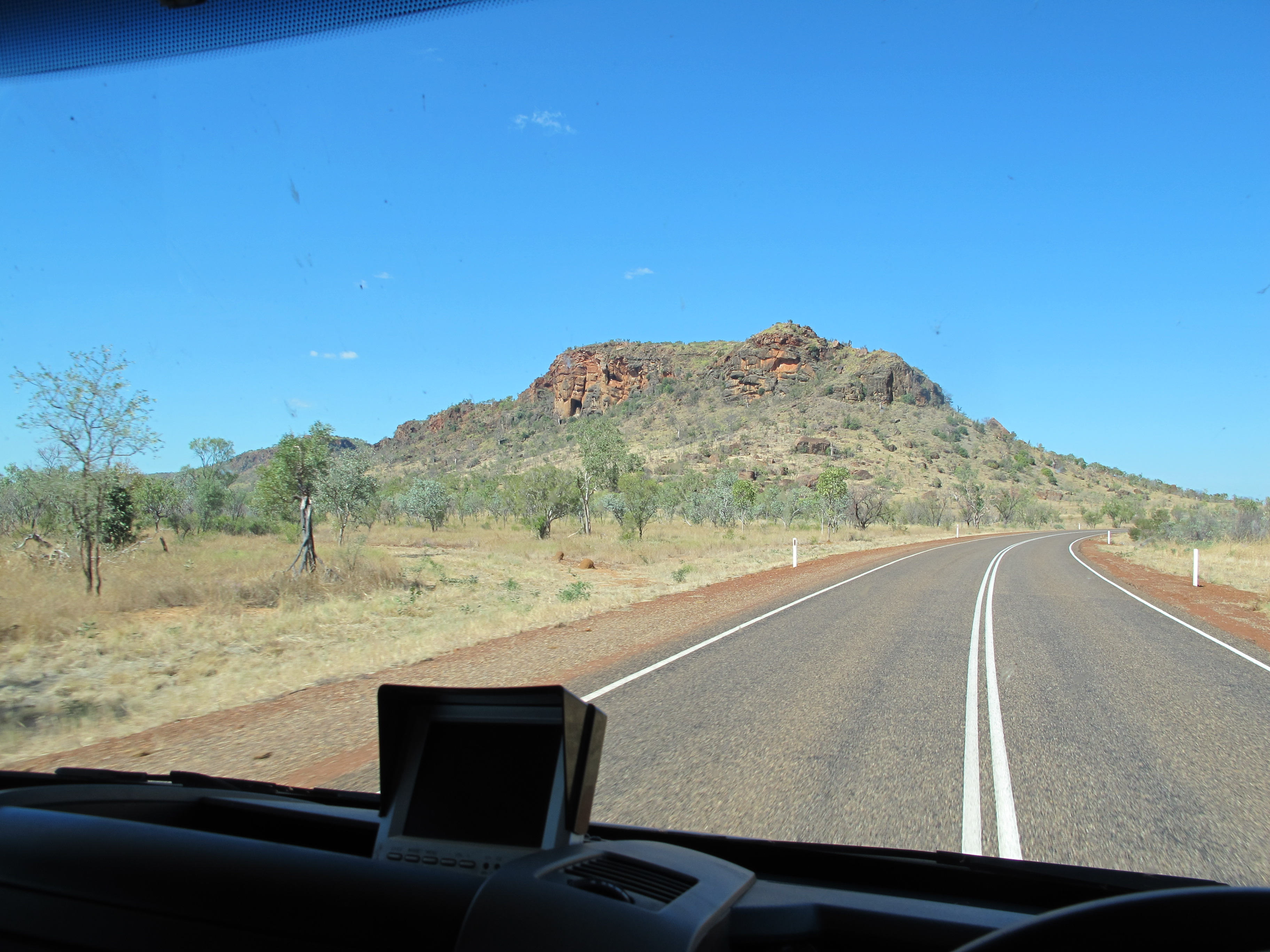
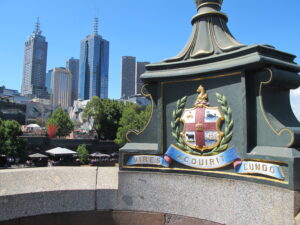
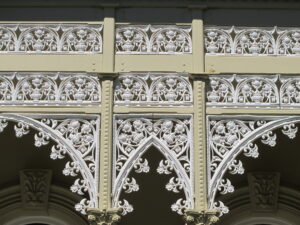
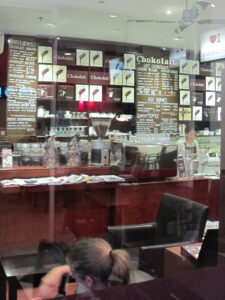
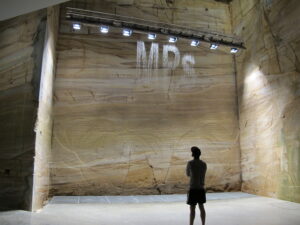
You two are intrepid!
Hah! Actually it was pretty luxurious in its own way, but it did swallow petrol in vast quantities.
Love the freedom campsite!
You are brave souls my friend!!